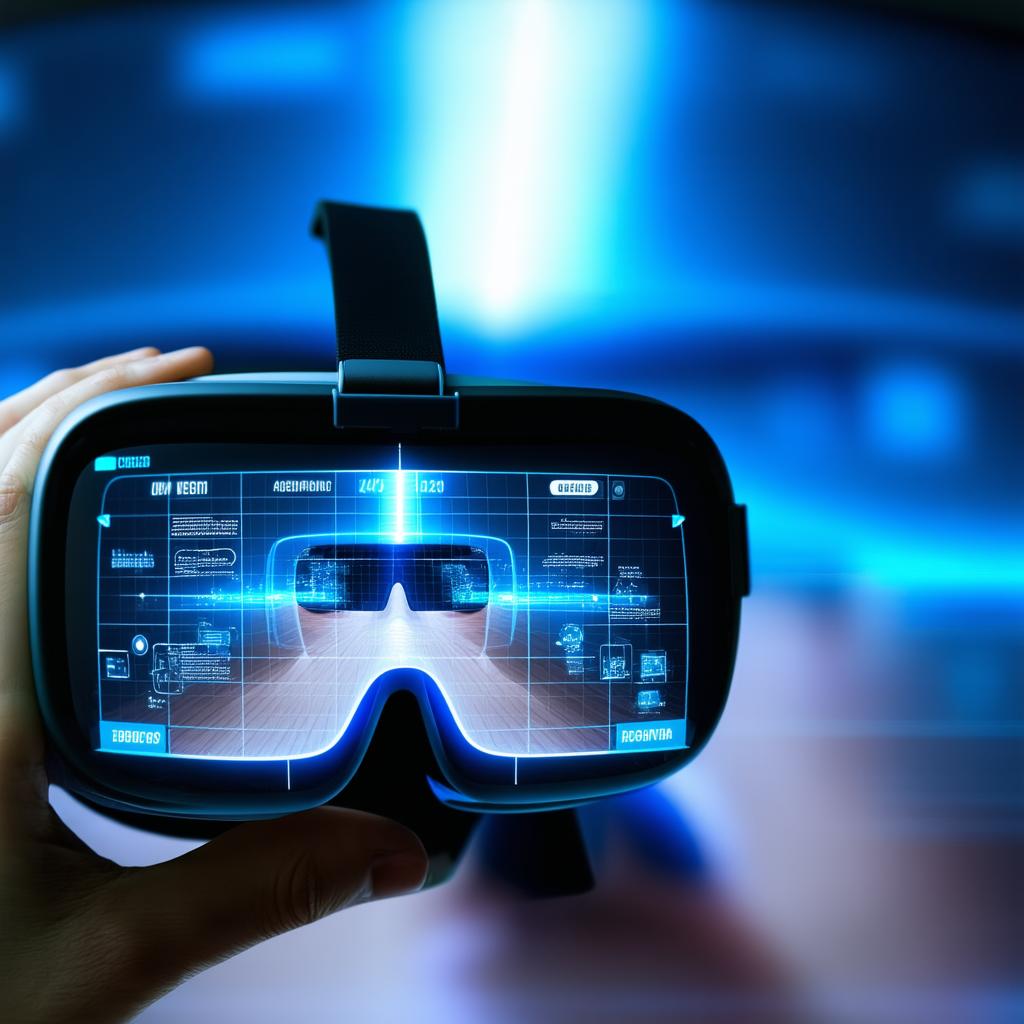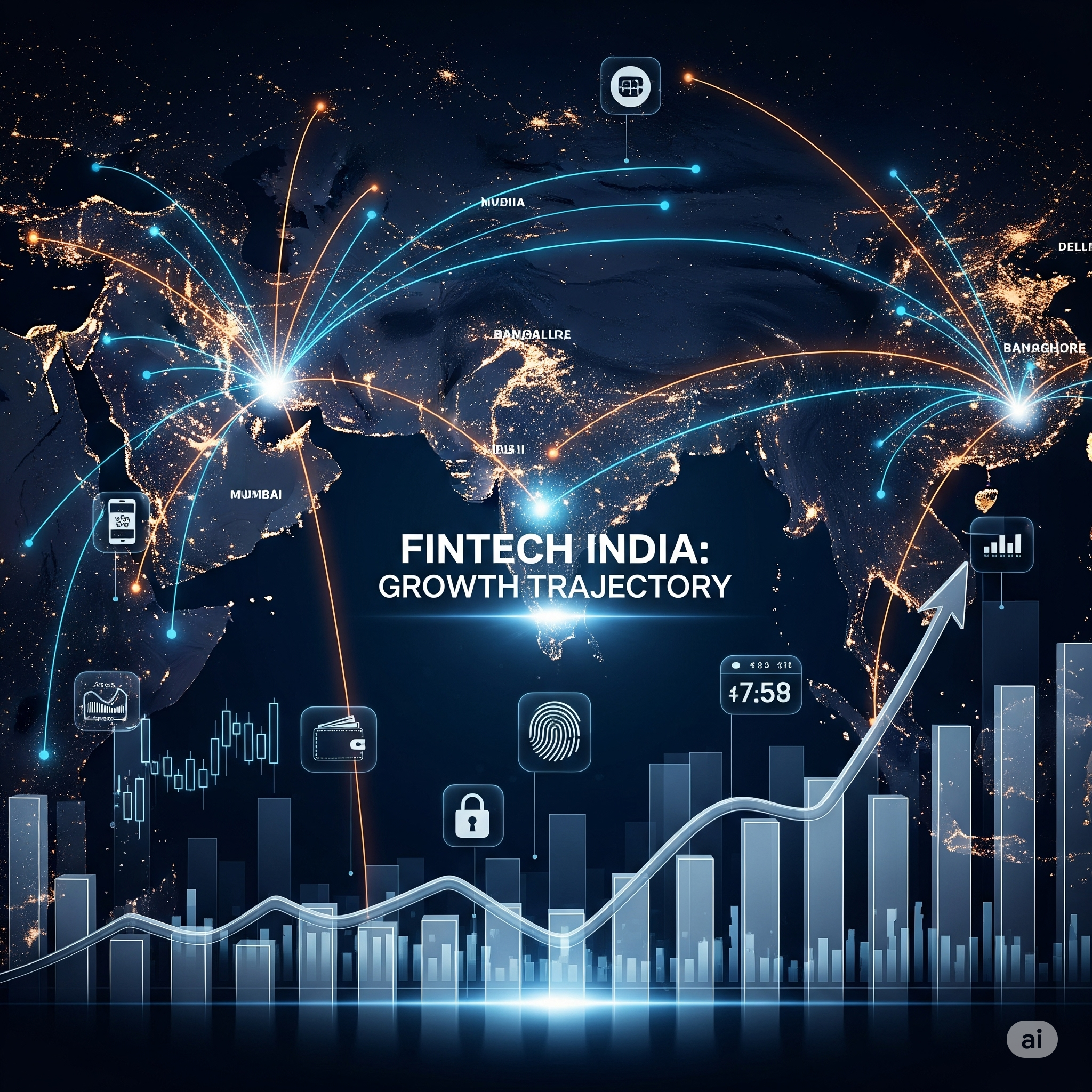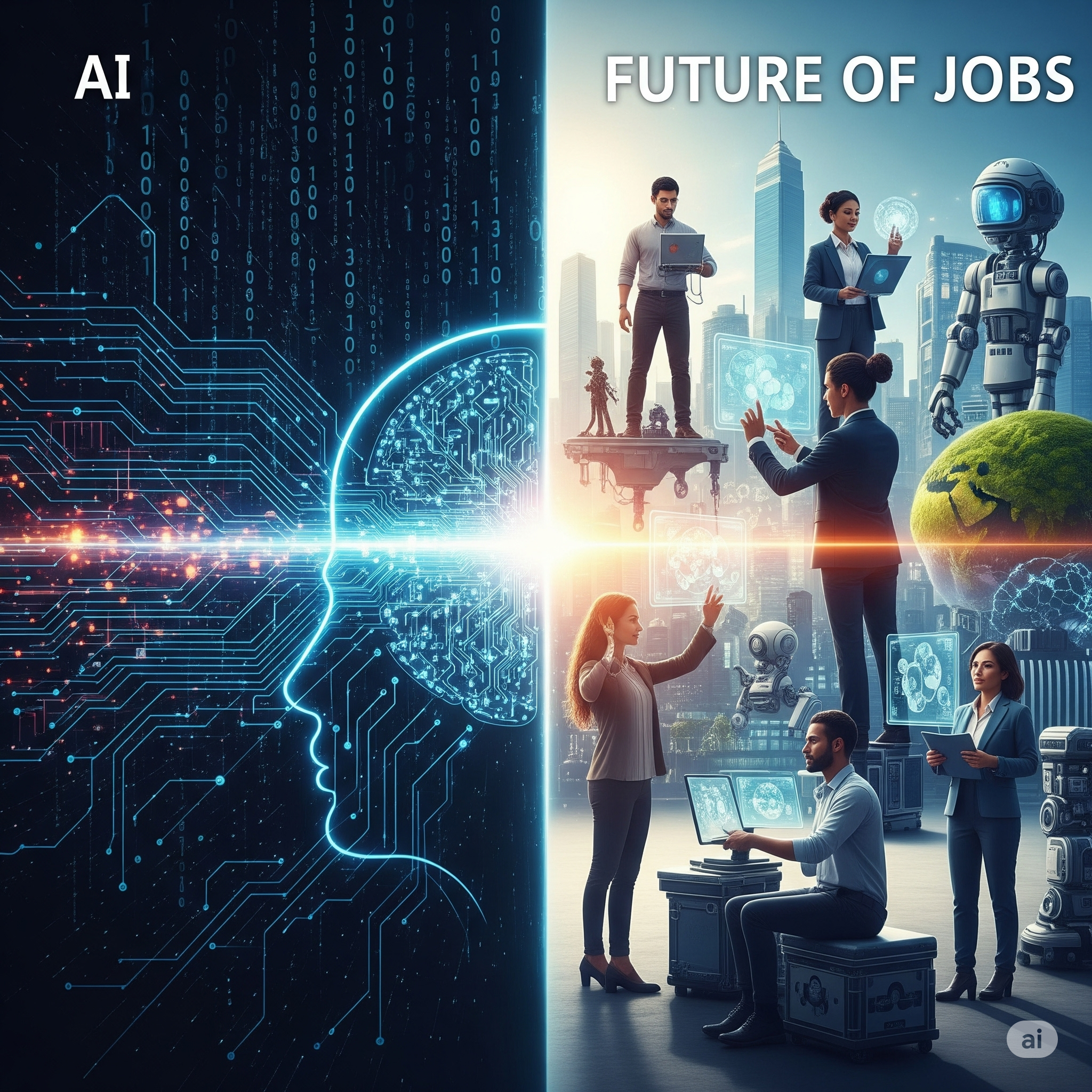Introduction
Technology has advanced rapidly in recent years, and two of the most transformative innovations are Augmented Reality (AR) and Virtual Reality (VR). These technologies are redefining how we interact with the digital and physical world, creating immersive experiences in various industries such as gaming, healthcare, education, and business. While Virtual Reality creates entirely digital environments, Augmented Reality enhances the real world by overlaying digital information. This article explores the impact of AR and VR and their potential to revolutionize different sectors.
Understanding AR and VR
Augmented Reality (AR)
Augmented Reality enhances the real-world environment by adding computer-generated elements such as images, sounds, and texts. Unlike VR, AR does not replace reality but enhances it by integrating digital information with real-world objects.
Examples of AR include:
- Smartphone AR applications like Pokémon GO, which superimpose digital characters onto the real world.
- AR in shopping apps that allow users to try on clothes, glasses, or makeup virtually before purchasing.
- Heads-up displays (HUDs) in vehicles that project navigation and speed information onto the windshield.
Virtual Reality (VR)
Virtual Reality immerses users in a completely digital environment, typically through the use of a headset. This creates an interactive, simulated experience that can replicate real-world settings or entirely new environments.
Examples of VR include:
- Gaming experiences with headsets like the Oculus Rift and PlayStation VR.
- Virtual travel experiences where users can explore places without physically being there.
- Medical simulations for training doctors and surgeons in risk-free environments.
Applications of AR and VR
1. Gaming and Entertainment
Gaming is one of the most popular applications of AR and VR. While VR gaming provides immersive experiences, AR gaming integrates digital elements with the real world. Popular VR games include Half-Life: Alyx and Beat Saber, whereas AR games like Pokémon GO have revolutionized mobile gaming.
In entertainment, VR is used for virtual concerts and immersive storytelling, allowing users to experience events as if they were physically present. AR is also transforming the movie industry by enhancing special effects and interactive storytelling.
2. Education and Training
AR and VR are revolutionizing education by making learning more interactive and engaging.
- VR-based virtual classrooms allow students to explore historical events, scientific experiments, or space travel in a simulated environment.
- AR textbooks and applications help students visualize complex subjects like anatomy, physics, and chemistry through interactive 3D models.
- Workplace training benefits from VR simulations, where employees can practice tasks in a risk-free environment, such as flight simulations for pilots or emergency response training for firefighters.
3. Healthcare and Medicine
The medical field is one of the biggest beneficiaries of AR and VR.
- VR therapy is used for treating PTSD, anxiety, and phobias by exposing patients to controlled virtual environments.
- AR-assisted surgeries help doctors visualize organs and blood vessels before making incisions, improving precision and reducing risks.
- Medical education utilizes VR simulations to allow medical students to practice surgeries and diagnoses in a virtual setting.
4. Retail and E-commerce
Retailers are using AR and VR to enhance customer shopping experiences.
- Virtual try-on experiences allow customers to see how clothes, makeup, or accessories look on them before buying.
- Furniture retailers like IKEA offer AR apps that let users place virtual furniture in their homes to see how it fits.
- Virtual shopping experiences enable customers to explore virtual stores from their homes, providing a new way to shop online.
5. Architecture and Real Estate
AR and VR are transforming the real estate and architecture industries by providing virtual walkthroughs of properties before they are built.
- VR tours of homes allow buyers to explore properties remotely.
- Architects use VR models to visualize buildings before construction, improving design accuracy and client presentations.
- AR overlays help engineers and builders visualize blueprints in real-world settings, ensuring better project execution.
6. Manufacturing and Industry
AR and VR are improving efficiency in manufacturing and industrial processes.
- VR-based training allows workers to operate heavy machinery in a virtual setting before using real equipment.
- AR-guided maintenance helps technicians visualize repairs and assembly instructions directly on machinery, reducing downtime.
- Quality control is enhanced using AR for real-time inspection and error detection in production lines.
7. Travel and Tourism
The travel industry is benefiting from AR and VR by offering virtual travel experiences.
- VR travel experiences allow users to explore historical landmarks, museums, and exotic locations without leaving their homes.
- AR-guided tours enhance real-world travel by providing historical facts, language translations, and navigation assistance through smartphones or smart glasses.

Challenges and Limitations of AR and VR
While AR and VR offer numerous advantages, they also come with challenges:
- High Costs: Developing and maintaining AR and VR applications require significant investment in hardware and software.
- Health Concerns: Extended use of VR can cause motion sickness, eye strain, and disorientation.
- Data Privacy Issues: AR applications collect user data, raising concerns about privacy and security.
- Limited Accessibility: Not everyone has access to high-end VR equipment, limiting widespread adoption.
- Technical Limitations: VR requires powerful computing hardware, and AR depends on high-resolution cameras and sensors, which can limit performance in certain environments.
Future of AR and VR
The future of AR and VR is promising, with advancements in AI, 5G, and hardware development driving their evolution. Some key trends include:
- AR Glasses and Contact Lenses: Companies like Apple and Google are working on AR smart glasses that will replace smartphones as the primary interface for digital interactions.
- Full-Body VR Experiences: Haptic suits and gloves will allow users to feel and interact with virtual environments more realistically.
- Metaverse Integration: AR and VR will play a crucial role in developing the metaverse, creating interconnected virtual worlds for work, entertainment, and social interactions.
- Healthcare Innovations: VR therapy, AR-assisted surgeries, and AI-driven diagnostics will enhance medical treatment and accessibility.
- More Affordable VR Devices: As technology advances, VR headsets and AR glasses will become more affordable, making immersive experiences accessible to a wider audience.
Conclusion
Augmented Reality and Virtual Reality are transforming experiences across multiple industries, from gaming and education to healthcare and retail. While they come with challenges, their potential to enhance human interaction with digital and physical environments is undeniable. As technology continues to evolve, AR and VR will become an integral part of our daily lives, reshaping how we learn, work, shop, and entertain ourselves. The future of these immersive technologies holds endless possibilities, promising a more interactive and connected world.




